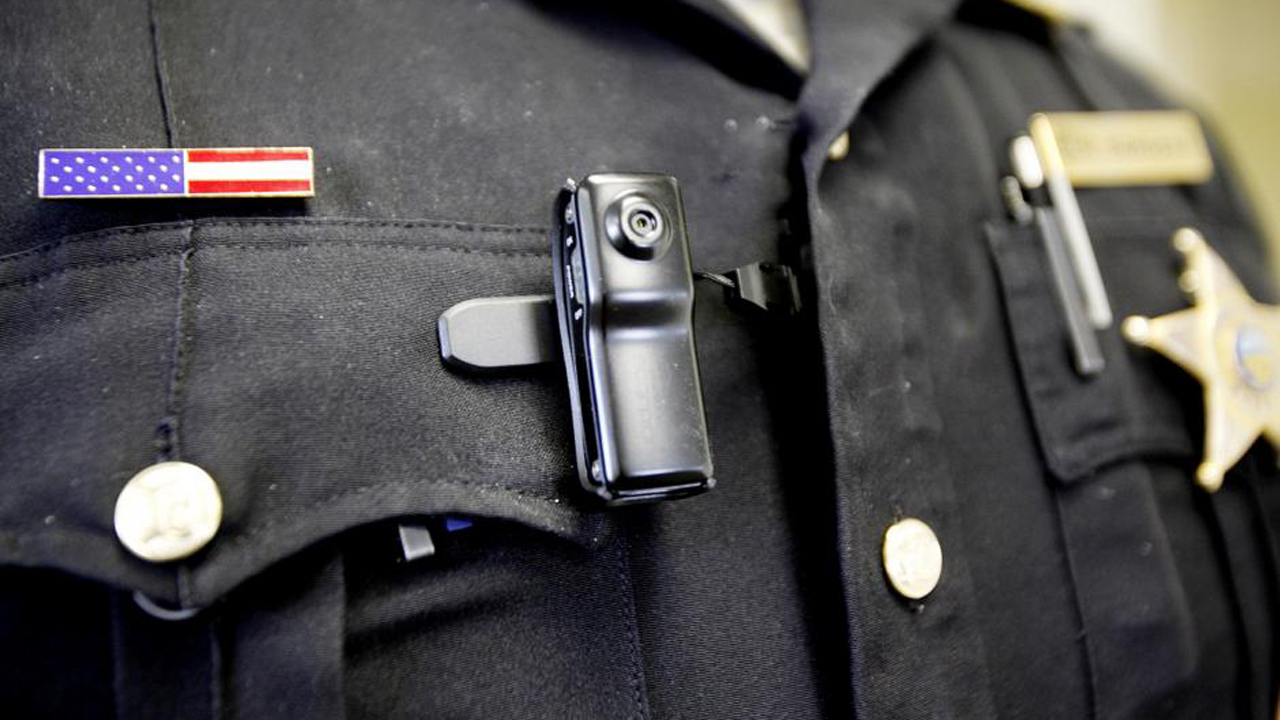When a Staten Island grand jury decided not to indict the officer who was videotaped choking Eric Garner, many outlets (including ANIMAL) saw it as a potential sign that body cameras on police wouldn’t make a difference in the occurrences of police brutality. Now the full contents of a police body cam study in Rialto, California have been released and it seems that the conclusions people drew from the Garner case are flawed.
The Rialto study was conducted in 2012 but until now the only result that had been published was a broad claim “that cameras reduced the use of force by 60 percent and civilian complaints against police by 88 percent.” However, when cops wear the camera they have to inform the public that they are being recorded. This crucial factor reinforces the awareness of being filmed for the potential perp as well as the cop doing the filming:
“The ‘preventative treatment’ of body-worn-video is the combination of the camera plus both the warning and cognition of the fact that the encounter is being filmed,” Barak Ariel, one of the authors of the study, said in a release. “In the tragic case of Eric Garner, police weren’t aware of the camera and didn’t have to tell the suspect that he, and therefore they, were being filmed.”
For this particular study, researchers used the same officers in the experimental group — wearing the cameras — as in the control group — not wearing the cameras — to see how their behavior was affected in each circumstance. According to Motherboard:
The researchers actually found a significant reduction in use of force over both conditions. Officers used less force when they were wearing body cameras during the experiment than when they weren’t. But even when they weren’t wearing the cameras, officers were using less force than they had in years before the experiment.
Still, more research is necessary before these results can be considered conclusive and the data here is small. Motherboard goes on to say:
During the experiment, there were a total of 25 incidents of police use-of-force. Seventeen occurred during control shifts—no cameras—and eight during experimental shifts. That’s it. That’s the source of the 60 percent reduction. Seventeen compared to eight.
Regardless, similar studies have produced similar reductions in the use of force, but this is the first U.S. study to have its complete results published.
There are also worries about unintended consequences of the video camera programs, such as a future when a crime can’t be prosecuted without video evidence. However, with 63 agencies already implementing experimental body cam programs — and the Obama administration pushing federal funding to make them more ubiquitous — it seems that the time in which we’ll be watching the police watch us has arrived.
(Photo: ACLU-WA)


